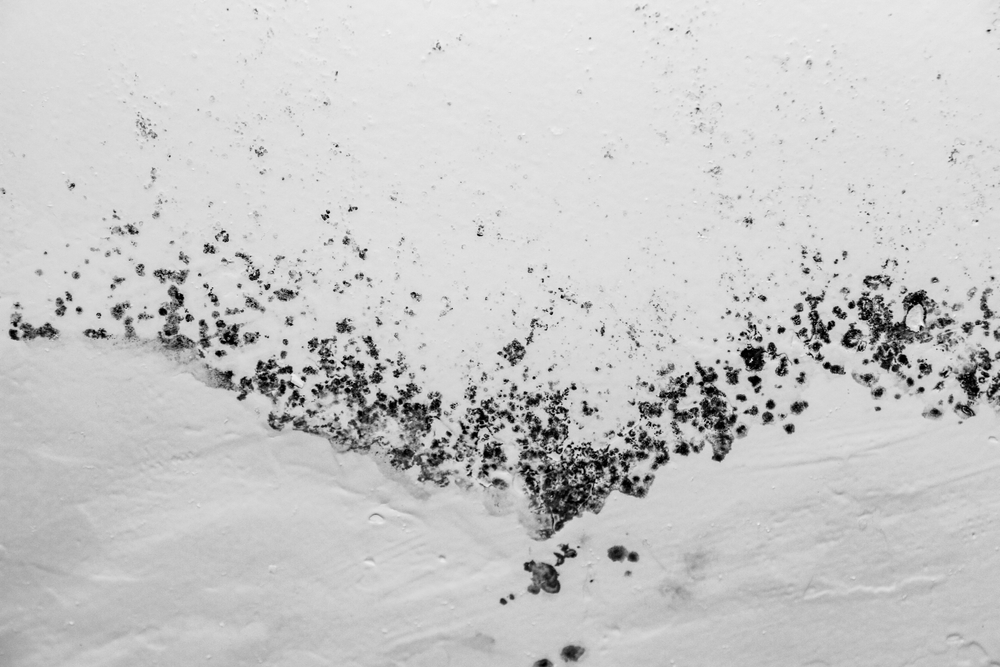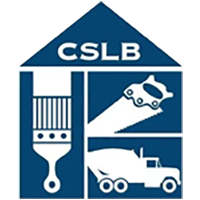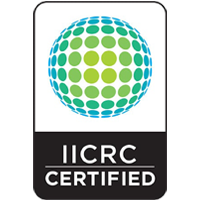
Mold and mildew are common household fungi that can cause significant damage to your home and negatively impact your health. While these two often look similar, they have distinct characteristics and can require different approaches for treatment. Knowing the difference between mold and mildew can help you make informed decisions about how to handle and prevent these unwelcome intruders in your home. In this article, we’ll explore the differences between mold and mildew and why it’s crucial to address each type of growth promptly.
1. Understanding Mold and Mildew: What Are They?
Both mold and mildew are types of fungi, but they have unique traits that set them apart:
- Mildew: Mildew typically appears as a powdery or fluffy substance on surfaces. It often starts white or gray but can turn yellow or brown over time. Mildew usually grows on the surface of damp areas and is relatively easy to clean if caught early.
- Mold: Mold tends to be thicker and can appear slimy or fuzzy. It often starts as green, black, or brown patches that can spread quickly, penetrating surfaces and growing into materials like drywall or wood. Mold is typically more invasive than mildew and can cause structural damage if left untreated.
2. How to Identify Mold and Mildew
The differences in appearance can help you determine whether you’re dealing with mold or mildew. Here’s how to identify each:
- Mildew: Look for small, patchy areas with a powdery or fluffy texture. Mildew often grows on damp surfaces, such as bathroom tiles, shower curtains, or windowsills. Mildew’s lighter color can make it less noticeable, but it usually has a distinct musty smell.
- Mold: Mold patches are typically larger and darker in color, with a slimy or fuzzy texture. Mold often grows in hidden areas like behind walls, under sinks, and in attics. If you notice a persistent, strong odor in a specific area, it may be a sign of mold growth.
3. The Health Impacts of Mold vs. Mildew
Both mold and mildew can affect your health, but mold is often considered more hazardous:
- Mildew: Exposure to mildew can cause respiratory issues, particularly in people with asthma, allergies, or weakened immune systems. While generally less dangerous than mold, mildew can still cause symptoms like coughing, sneezing, and skin irritation.
- Mold: Mold exposure is associated with more severe health risks. Mold spores can trigger allergic reactions, respiratory problems, and even long-term issues such as chronic sinus infections or asthma. Black mold, in particular, is known for producing mycotoxins that can have serious health effects.
4. Why It’s Important to Address Mold and Mildew Promptly
Ignoring mold or mildew can lead to various problems that affect your home’s integrity and your family’s well-being. Here’s why timely intervention matters:
- Preventing Structural Damage: Mold, in particular, can penetrate walls, floors, and ceilings, weakening building materials and leading to costly repairs. Catching and treating mold early can help prevent extensive structural damage.
- Protecting Indoor Air Quality: Both mold and mildew release spores that can circulate in the air, affecting indoor air quality. Addressing these fungi reduces the risk of breathing issues and other health problems.
- Reducing Spread: Mold and mildew can spread quickly, especially in humid environments. Taking action to remove them can prevent them from affecting other areas of your home.
5. How to Prevent Mold and Mildew Growth
Prevention is key to managing mold and mildew in your home. Here are some steps to keep these fungi at bay:
- Control Humidity Levels: Use dehumidifiers in damp areas, like basements and bathrooms, to keep humidity levels below 60%. Ventilate your home by opening windows or using exhaust fans when cooking, showering, or running appliances like dishwashers.
- Fix Leaks Immediately: Leaky roofs, windows, or plumbing can create the perfect environment for mold and mildew. Repair any leaks promptly to prevent moisture from accumulating and causing growth.
- Clean Regularly: Regularly clean areas prone to moisture, such as bathrooms, kitchens, and basements. Use mildew-resistant cleaners and wash shower curtains, bathmats, and other damp-prone items frequently.
- Ensure Proper Ventilation: Ventilation helps reduce moisture buildup. Use fans, keep windows open when possible, and make sure your HVAC system is functioning properly to maintain good airflow.
6. When to Seek Professional Help
If mold or mildew growth becomes extensive or returns despite your best efforts, it’s time to call in professionals. Here’s when to consider expert assistance:
- Extensive Mold Growth: If mold covers more than a small patch or appears in multiple areas, professional remediation may be necessary. Professionals can locate hidden mold, assess the extent of damage, and safely remove it.
- Persistent Mildew Issues: If mildew reappears after repeated cleanings, it may indicate an underlying moisture problem. Professionals can help identify and resolve the source of excess moisture to prevent recurring issues.
- Health Concerns: If anyone in your household experiences persistent allergy or respiratory symptoms, it’s essential to address mold or mildew immediately. Professionals can perform a thorough inspection and remediation to protect your family’s health.
How We Can Help
At Musick Restoration, we understand the importance of a safe, healthy living environment. Our experienced team specializes in mold and mildew remediation, offering comprehensive solutions that restore harmony to your home. We use advanced techniques to eliminate mold and mildew at the source, preventing them from returning and compromising your space.
If you’re dealing with mold or mildew, contact Musick Restoration today. We’ll help you reclaim your home, ensuring a clean, fresh environment for you and your family.






